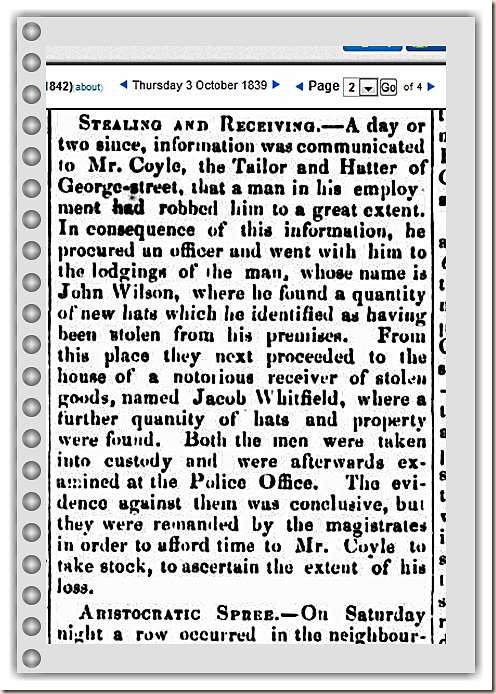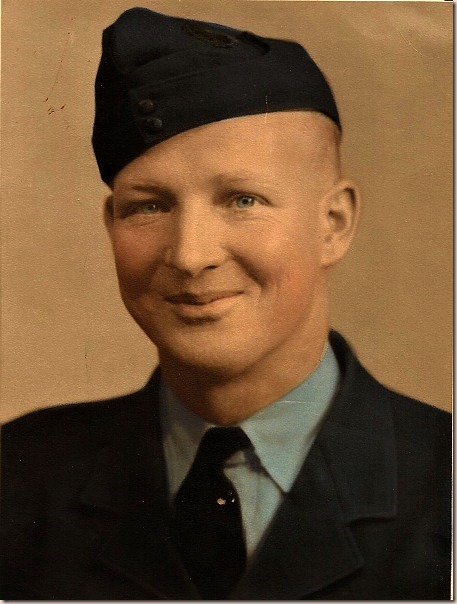Here’s a bit of history.
The demands for self-government by the free settlers of New South Wales and the other colonies were largely met when the Imperial Parliament passed the Australian Colonies Government Act of 1850. This authorised the Legislative Councils in the Australian colonies to pass bills establishing themselves as bicameral legislatures. In 1853, proposals were submitted to the Imperial Parliament from the New South Wales Council. After some amendments, the Imperial Parliament passed a Constitutional Statute in 1855, (Imperial Act18 & 19 Vic. No.48 Cap.54). This authorised Her Majesty, Queen Victoria, to assent to a bill passed by the Legislative Council of New South Wales (New South Wales Act 17 Vic. No.41) giving New South Wales a fully responsible system of government, with two Houses of Parliament.
It was not, however, fully representative government. The franchise was still property and gender based, with only men able to vote; but it was a very low property qualification and it was a poor man who could not vote. To register, potential voters had to be male adults of over 21 years who owned freehold property of at least 100 pounds per year, or leased property with an annual value of at least 10 pounds per year, or occupied lodgings or rooms with a rent of at least 10 pounds per year or had an income of at least 100 pounds per year. In the nineteenth century, women were not considered capable of making a rational choice at the polls, so were therefore not given the franchise.
The property qualification for Members was lowered, but because Members of Parliament still received no salary, only those who were wealthy could afford to run for Parliament.
The first New South Wales Parliament established under this new Constitution met on 22 May, 1856. The population of the colony was approximately 300,000.
And here is a very respectable looking chap:

That’s William Whitfield, born 16 Mar 1812 in Cootehill, Drumgoon Parish, Cavan, Ireland and died 12 Oct 1897. He had arrived in Sydney 11 Apr 1826 on the Thames, master Robert Frazer, from Cork, Ireland. By 1856 he was in Picton, NSW.

This is my branch of the Whitfields, and we have been fortunate in having a great family historian in Bob Starling. “Jacob Whitfield’s journey from Cootehill County Cavan Northern Ireland to the land down-under : embracing the Whitfield family history / by Robert Starling… Research relating to Jacob Whitfield (convict) transported from Ireland 1822. Jacob’s wife Mary and four children migrated on the ‘Thames’ in 1826. Mary and two children died on the voyage. William, the only son of Jacob to survive was responsible for the Whitfield name propagating to towns of Picton, Braidwood and the NSW South Coast.”
Now the old Jacob was, it appears now, a horse thief. (See Family stories 3 — About the Whitfields: from convict days. This is very messy, having just grown over ten years and more. Make sure you trawl through the comments! Also, in 2008 I walked Commonwealth Street, Surry Hills, formerly Macquarie Street South, “Looking for Jacob”. I kind of found him in what is left of “Market Lane”…
According to this, William and his wife, Caroline Philadelphia WEST, lived in Elizabeth Street from 1836 to 1846. Jacob, we know, had a hut in the area – all of this in that yellow square.
Ramana in Pune will be interested in what is on the Elizabeth Street frontage now, as he recently told me in Facebook about going there once!

One of the remaining mysteries about Jacob concerns his final years. On Trove I have tracked down the latest mention of him in a case where he wasn’t the defendant!


The rest of that paper is rather devoted to the subject of gold…
So Jacob remained in Market Lane until at least the second half of 1851. In a 2011 comment on “About the Whitfields: Convict Days” Bob Starling wrote:
For some years I have been searching for Jacob Whitfield’s death. It was noticed that Jacob gave his religion as a Quaker on one of his applications to marry. With this fact the Quaker society in Sydney has carried out some research and came up with the following piece of information:
“In searching the incomplete records we have of burials in the Friends Burial Ground within the old Devonshire Street (Sandhills) Cemetery, I came across a reference to:
“Burial Notes missing of … Jacob Whitfield” Unfortunately, there is no indication of his date of death or burial. Burials took place in the Friends Burial Ground from about 1837 through to about 1880.”Whilst we can now accept that Jacob died in Sydney, probably between 1851 and 1856 we cannot quite put him to rest until we find an exact date.
He was certainly around for a long time.
From Bob Starling
Bit of a villain though, it seems.


It turns out there is another Whitfield family altogether extant – and with Shire links.
Perilous Seas: The Whitfield Family – Ancestors & Descendants England & Australia 1605-2012
The Whitfield family farmed in the Tyne Valley of Northumberland before moving to iron works on the Derwent River in Cumberland where two daughters drowned in separate accidents. Descendants experienced contrasting fates. One, James Whitfield made a fortune on the Australian goldfields before becoming a successful entrepreneur in Workington. His siblings lived and worked in industrial towns and the youngest, William Whitfield became a master mariner in Australia, experiencing a number of misfortunes before returning to Hull, Yorkshire, leaving his Australian family behind.
Now that is interesting, because my father used to say his Aunty Jessie and one other family member had traced the family to Hull, and there was allegedly a lost fortune there… That must be this family, but there is no doubt there is no close connection. I suspect OUR Whitfields arrived in Ireland in the 17th century as part of the “plantations”.
And as for Jacob? Given the respectability his son William achieved I am beginning to think he was simply left behind when William and Caroline went south. Certainly he was erased from the family memory as I first encountered it in Picton in the 1950s with yet another William Whitfield – Dad’s Uncle Bill.
You will recall that we “found” Jacob, my convict ancestor, or we at least found the part of Sydney where he is known to have resided in the second half of the 1830s through early 1840s. By the 1860s the family had moved on – Braidwood, Picton… My grandfather was born in Picton in 1867. Him I remember. Just. He died in 1948. His brother William I remember more clearly, because he survived well into the 1950s. That William – son of William, the son of William, the son of Jacob – was still riding horses and ploughing his orchard almost to the year of his death. I remember his house, with its (to citified me) rather magic rural air, and tales of this one and that one, and timber getting, and horse breaking, and blacksmithing, and bullock teams… And Sao biscuits with tomato and cheese…
The tales never went back more than about one generation…
I think I can see why, for several reasons. Sometimes my father would mutter about the Old Testament curse on “the sins of the fathers”… Perhaps too, given what the area they had left behind in Surry Hills had become by 1900, you will see why it didn’t figure in the stories… Anyway, it was not part of my grandparents’ generation’s personal memories. They had become country people.





















 Coming back from the war my father (right) determined to build up his own business as a builder and developer, partly in response to the post-war housing shortage and related policies.
Coming back from the war my father (right) determined to build up his own business as a builder and developer, partly in response to the post-war housing shortage and related policies.


















